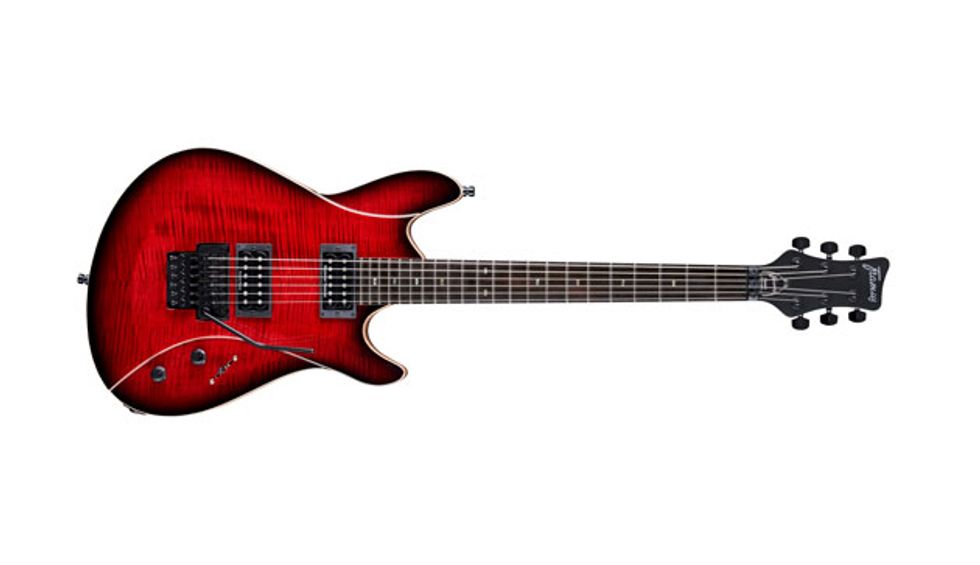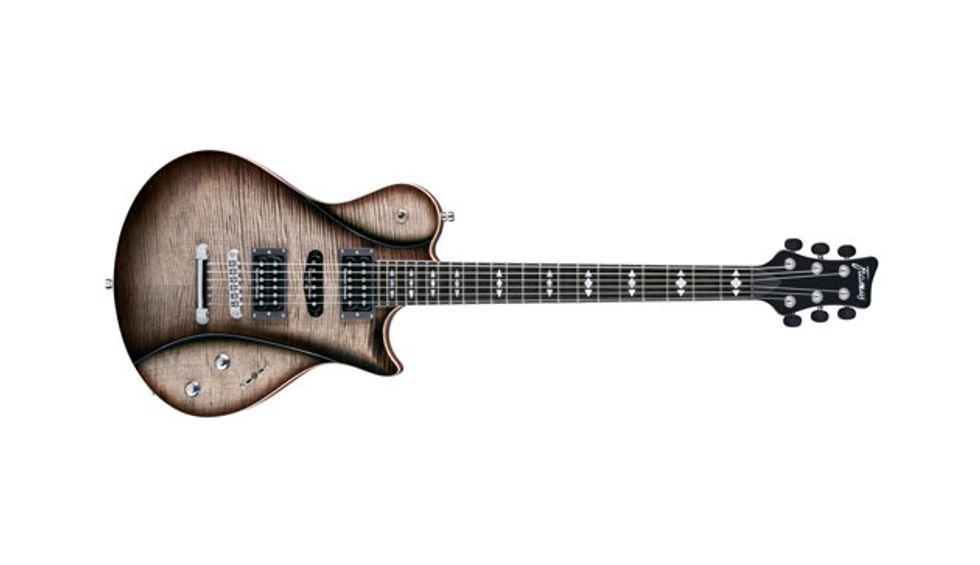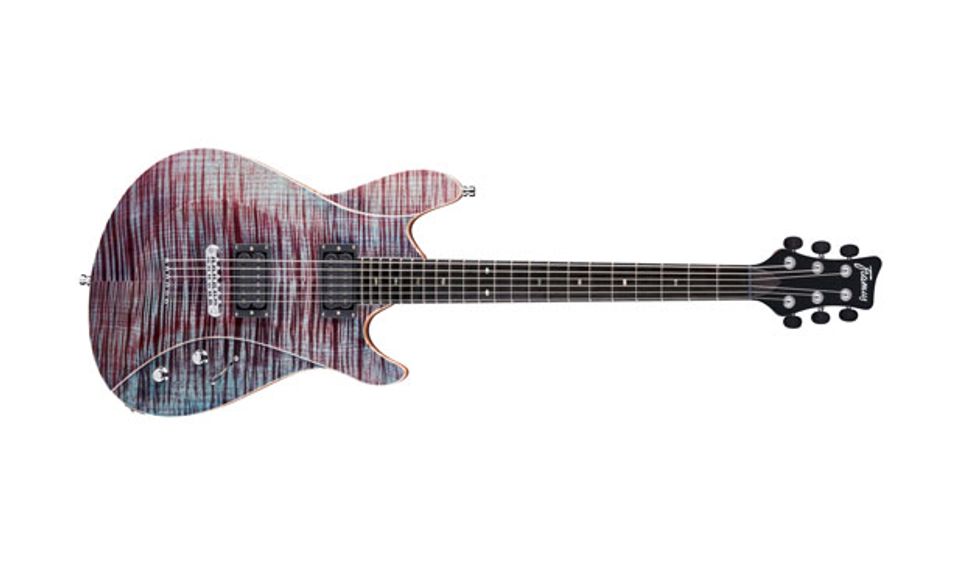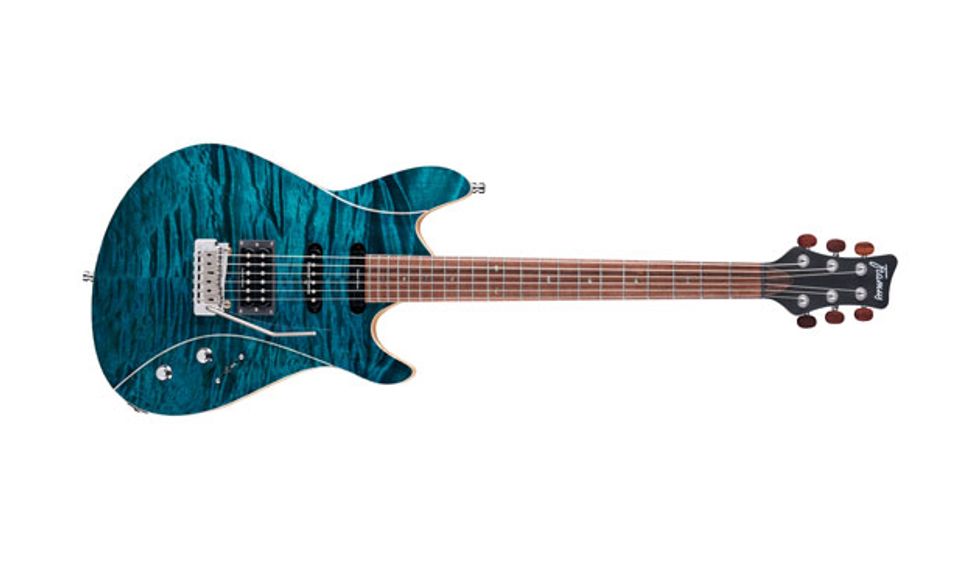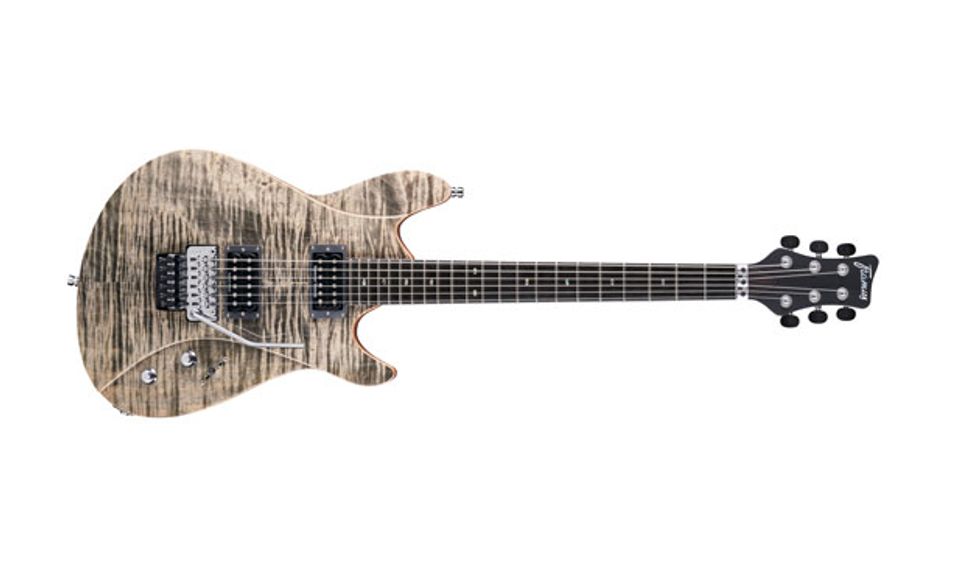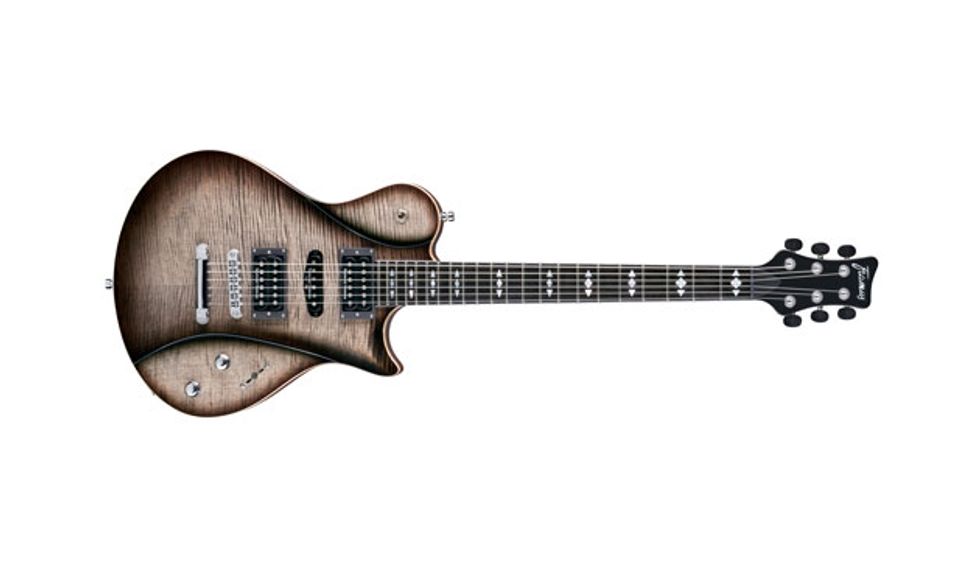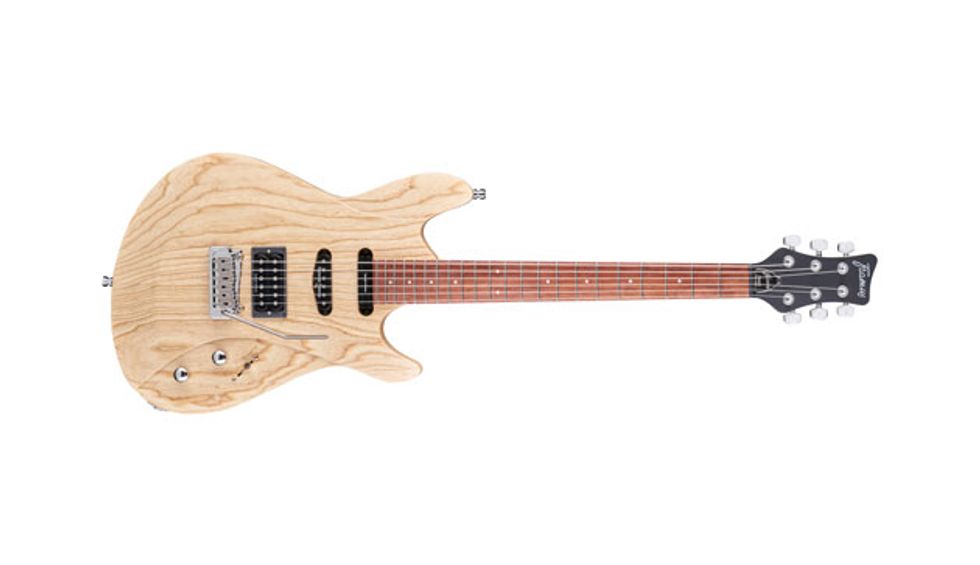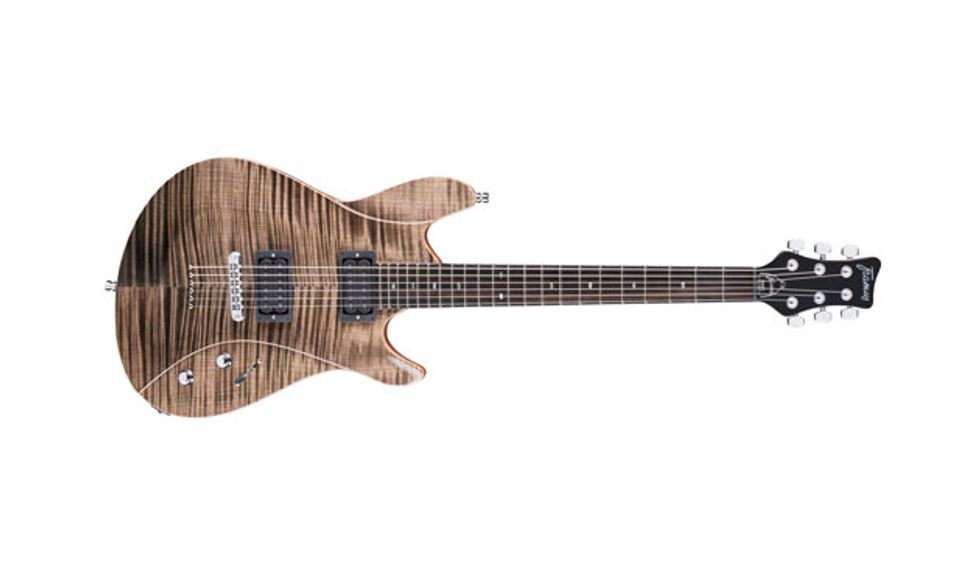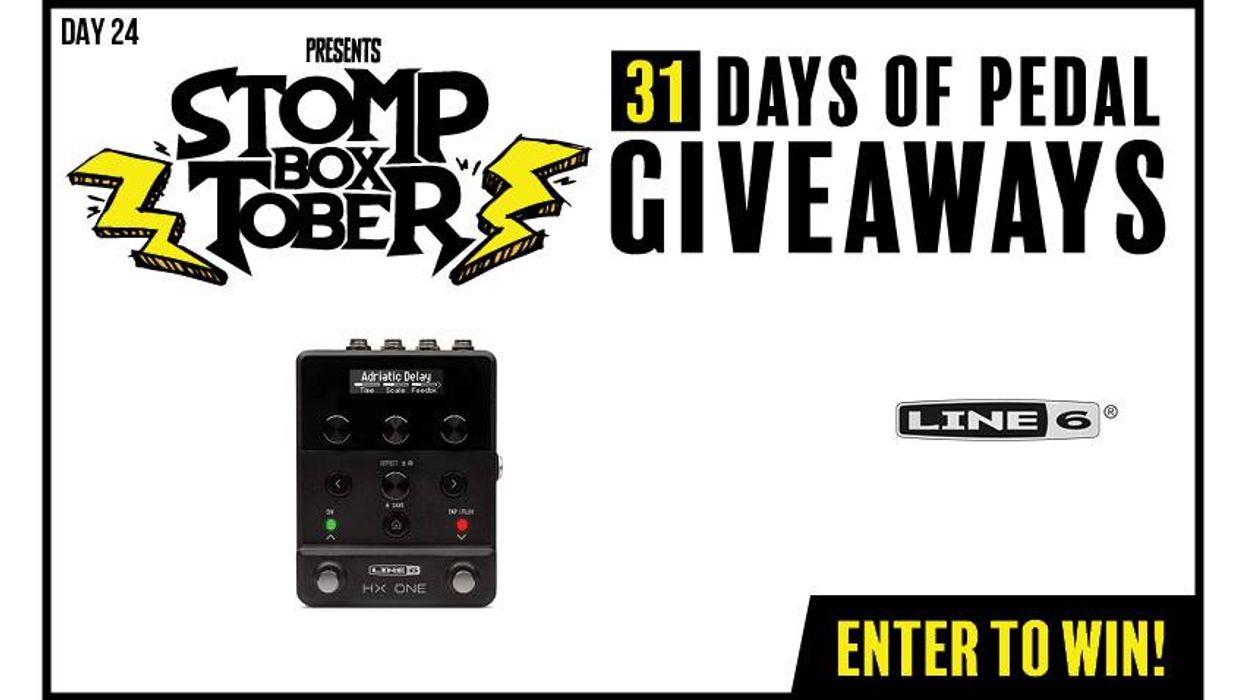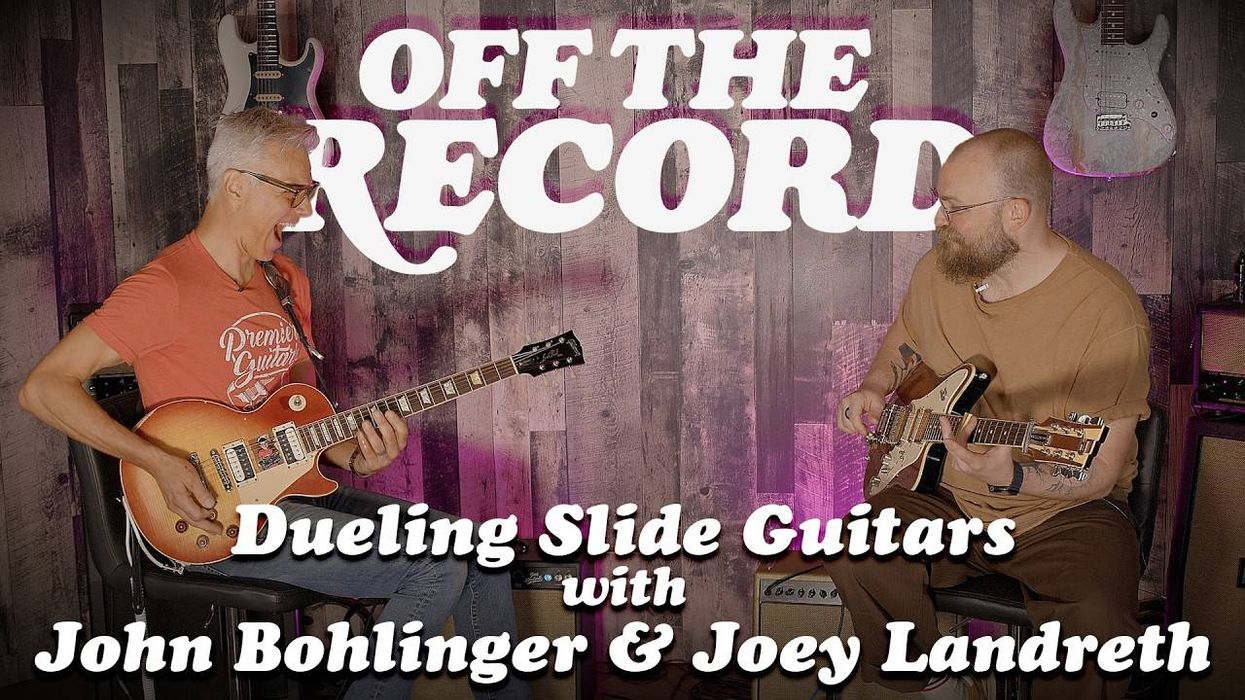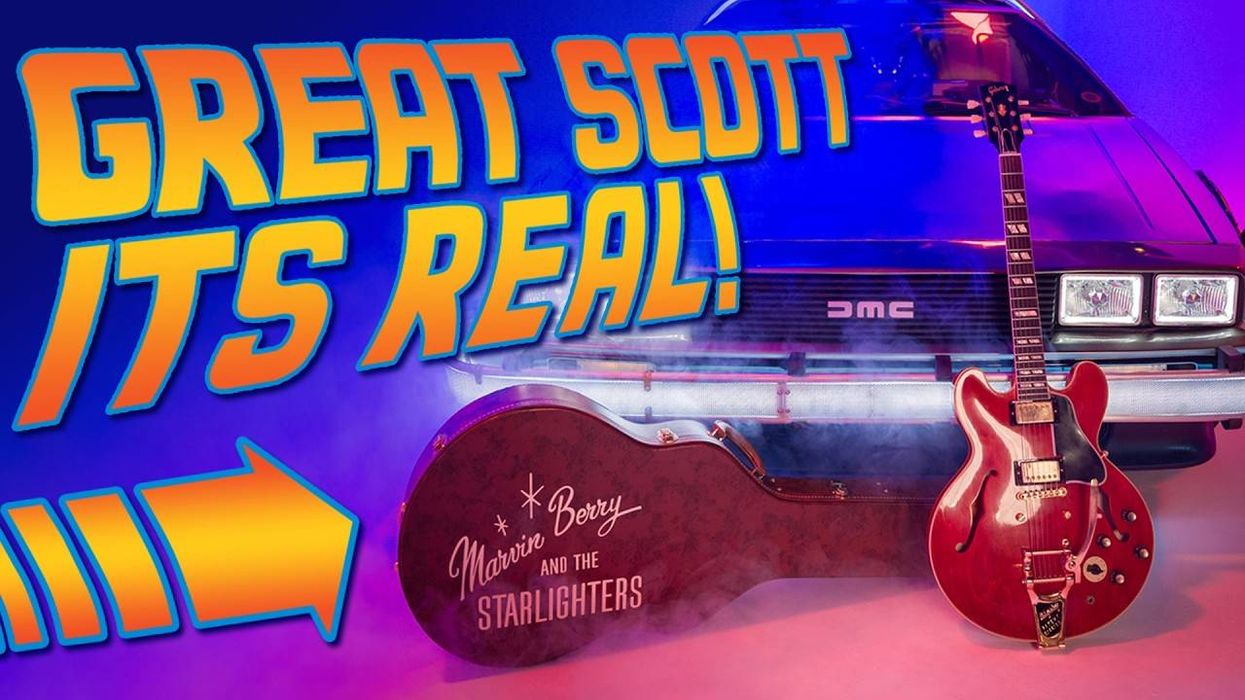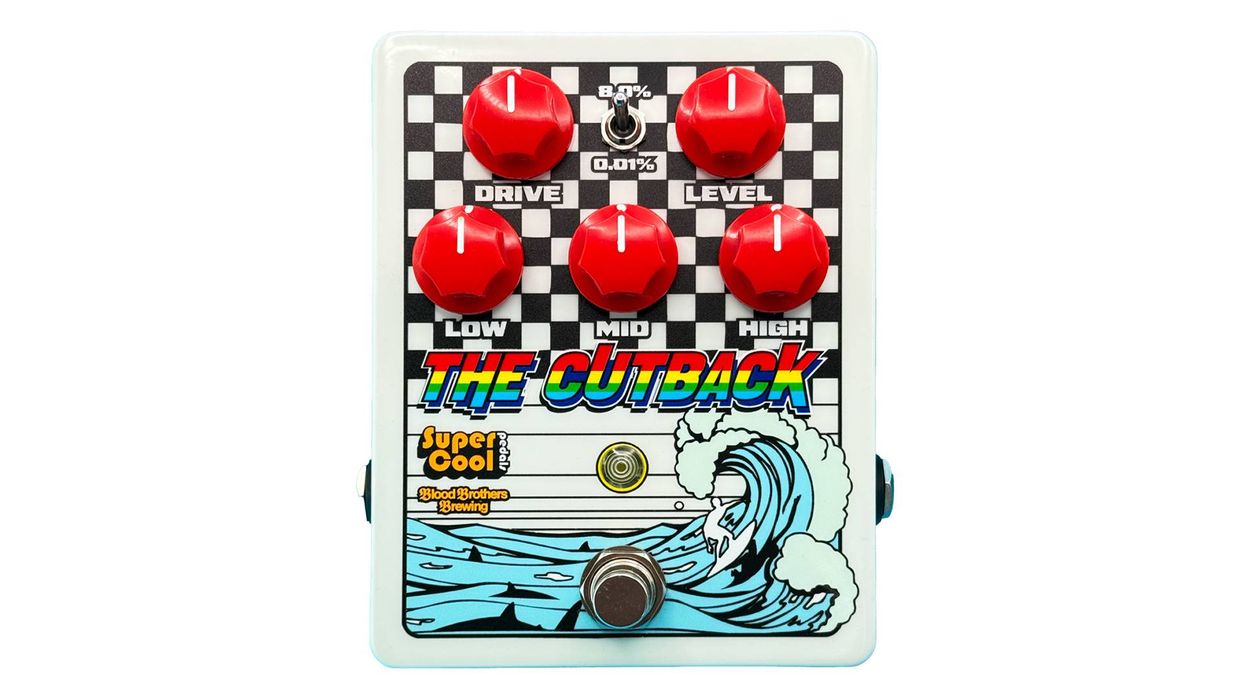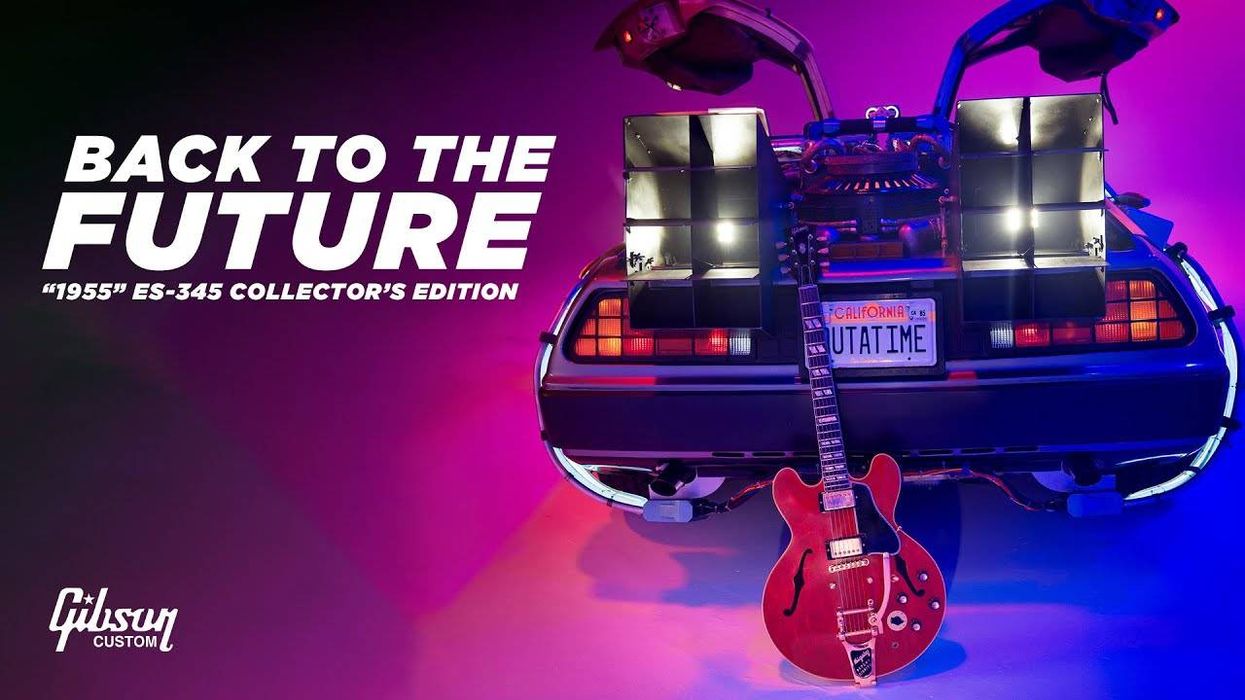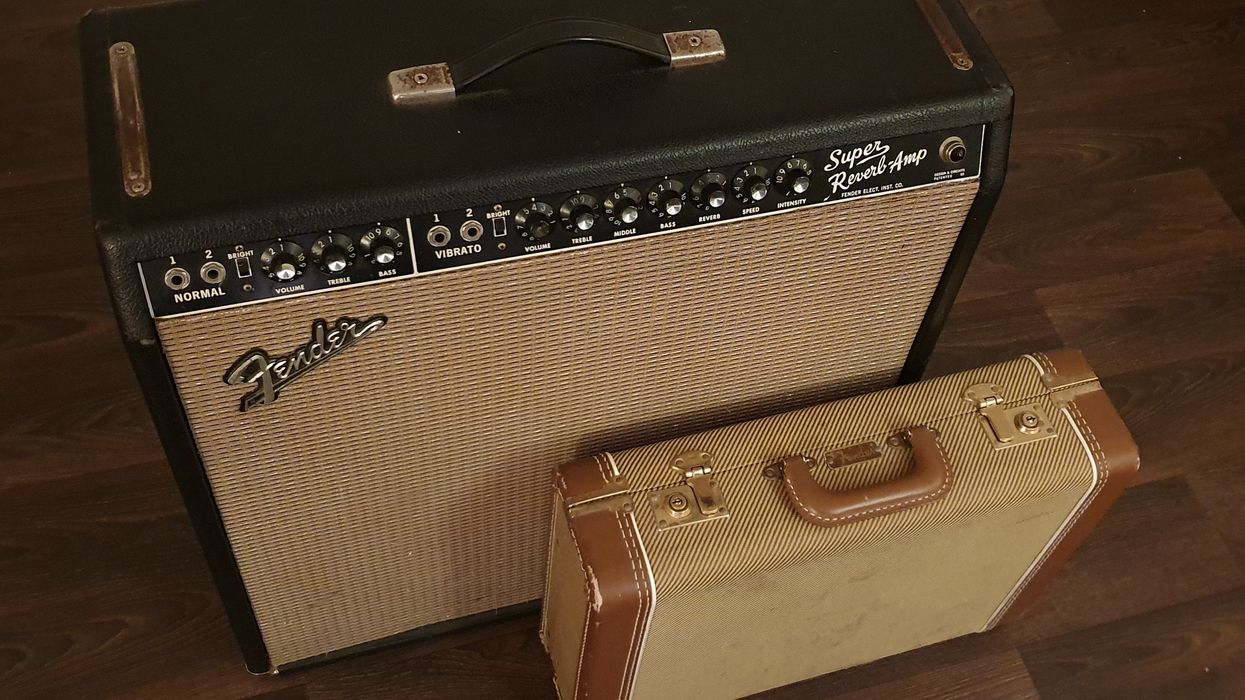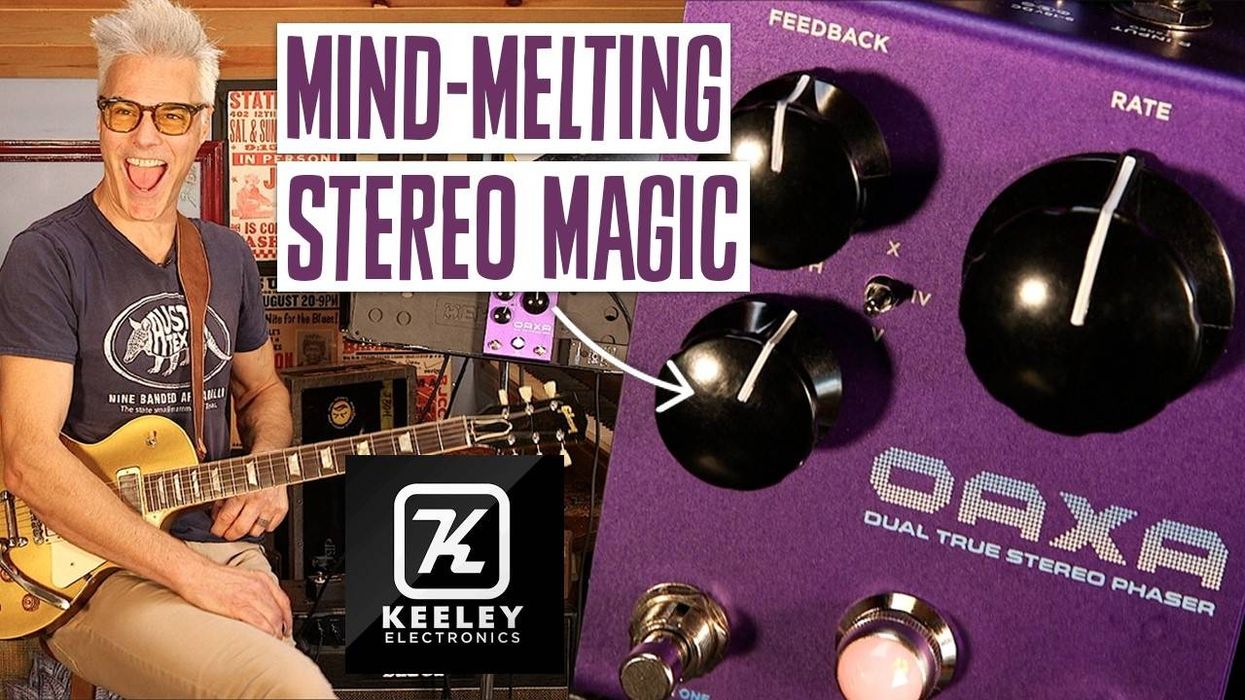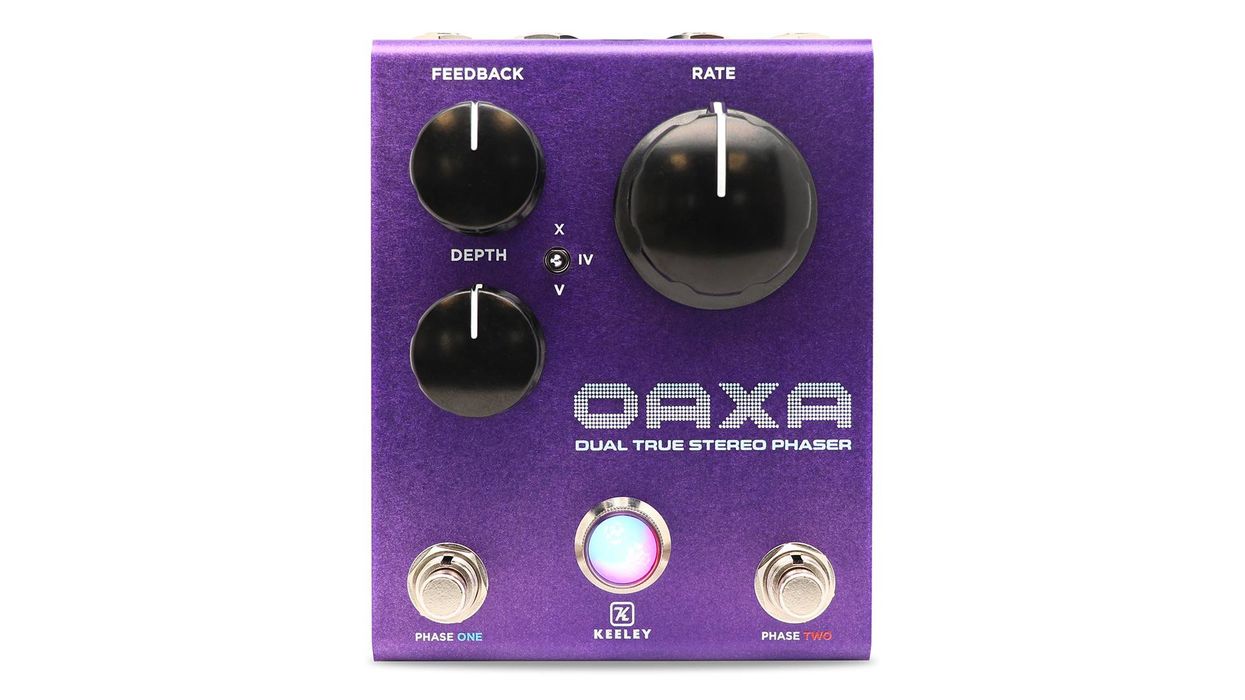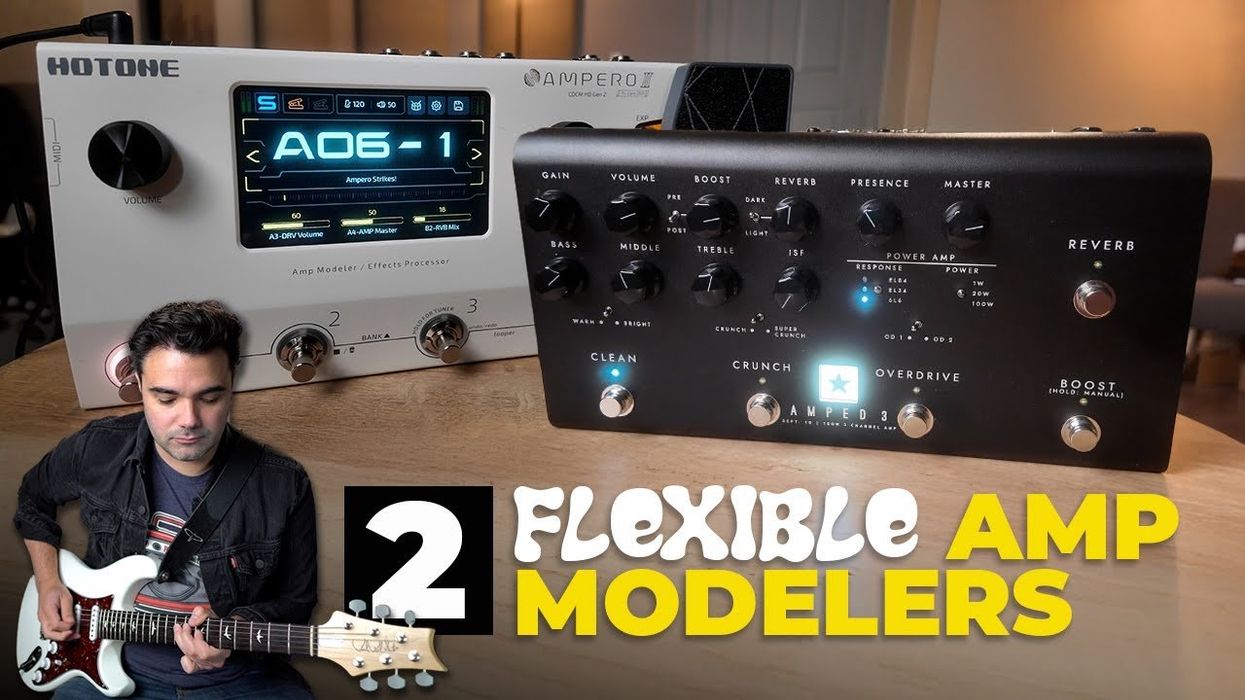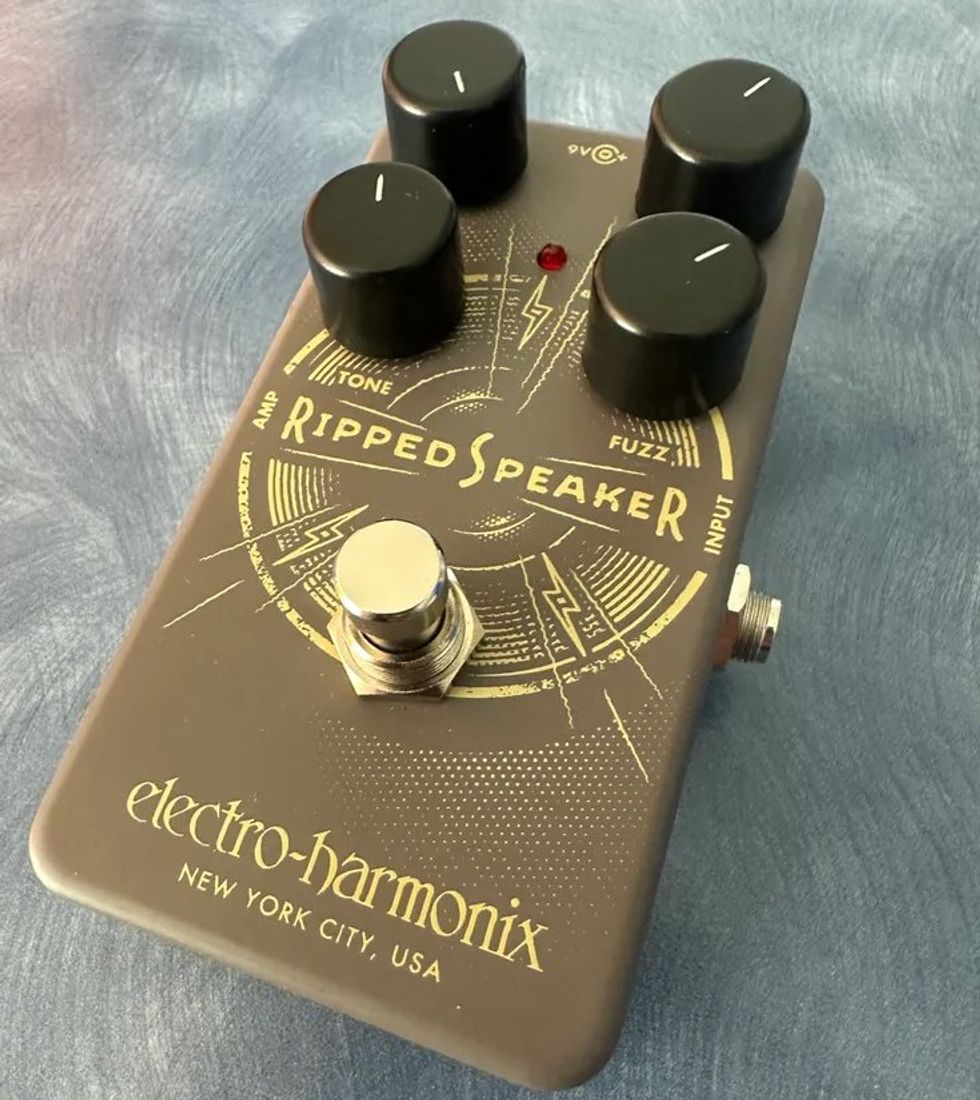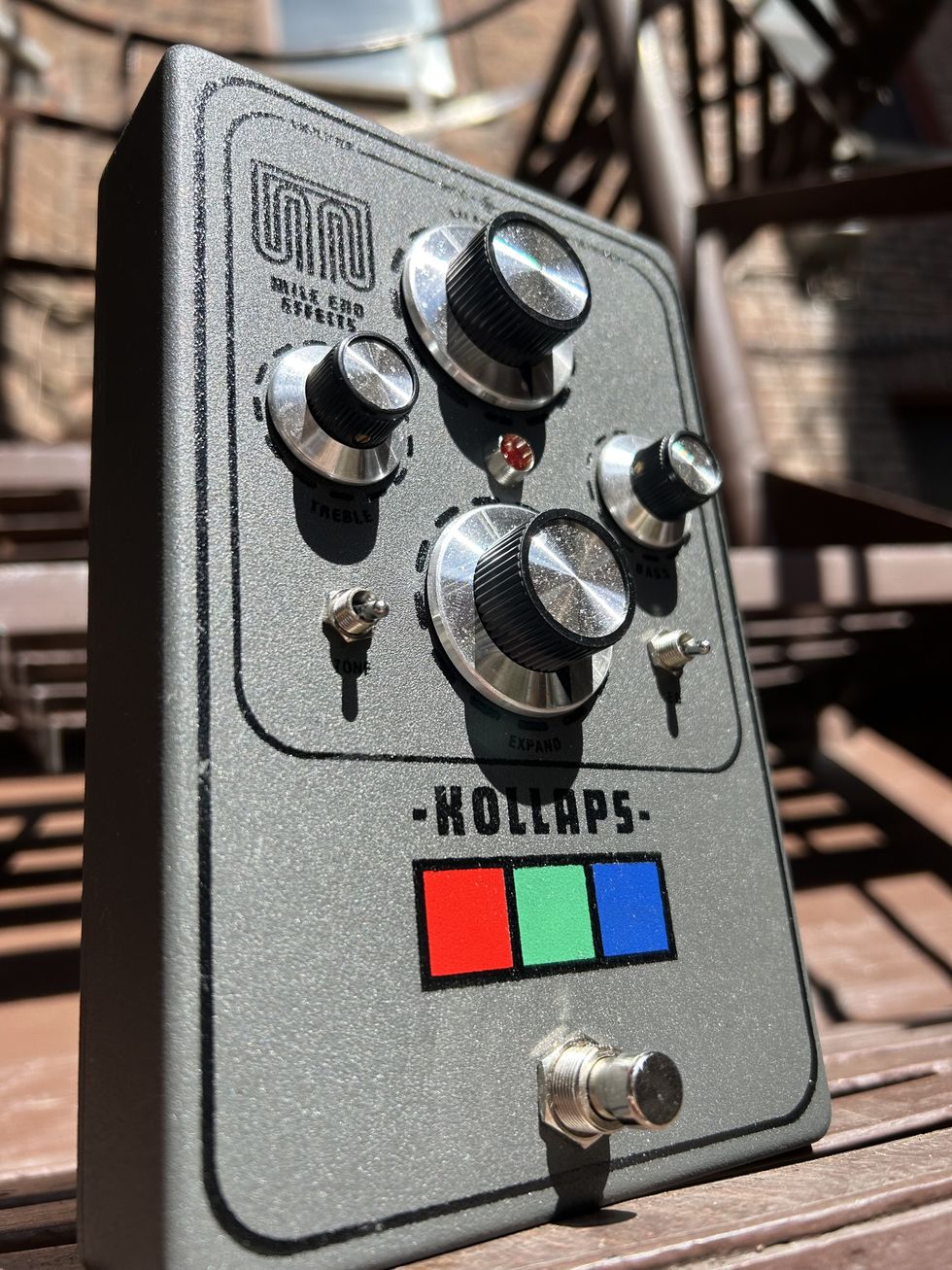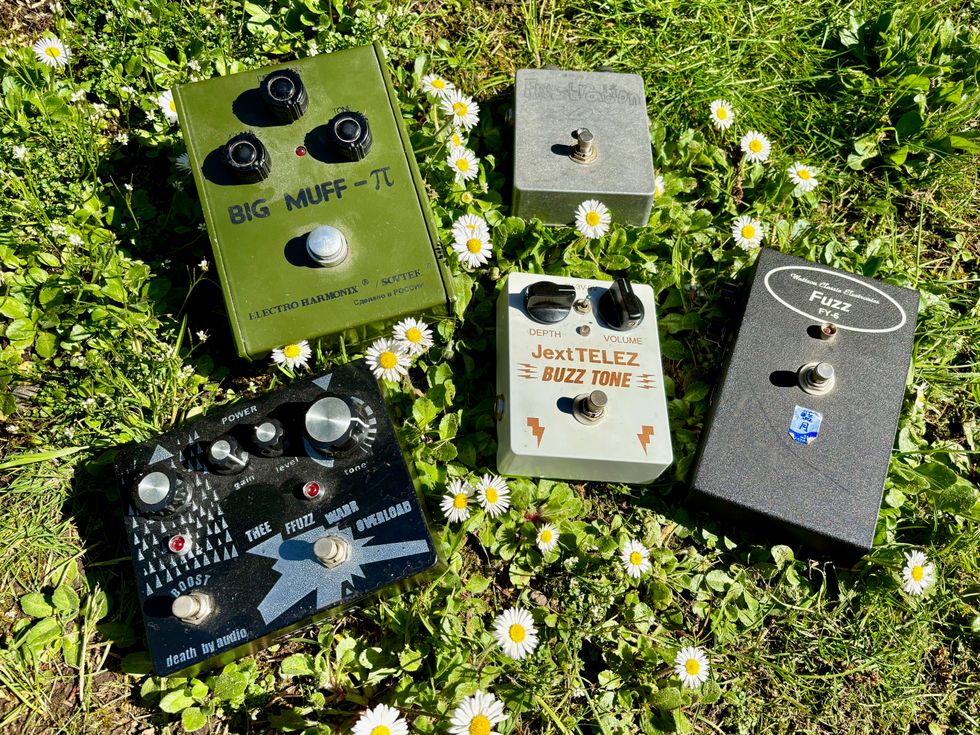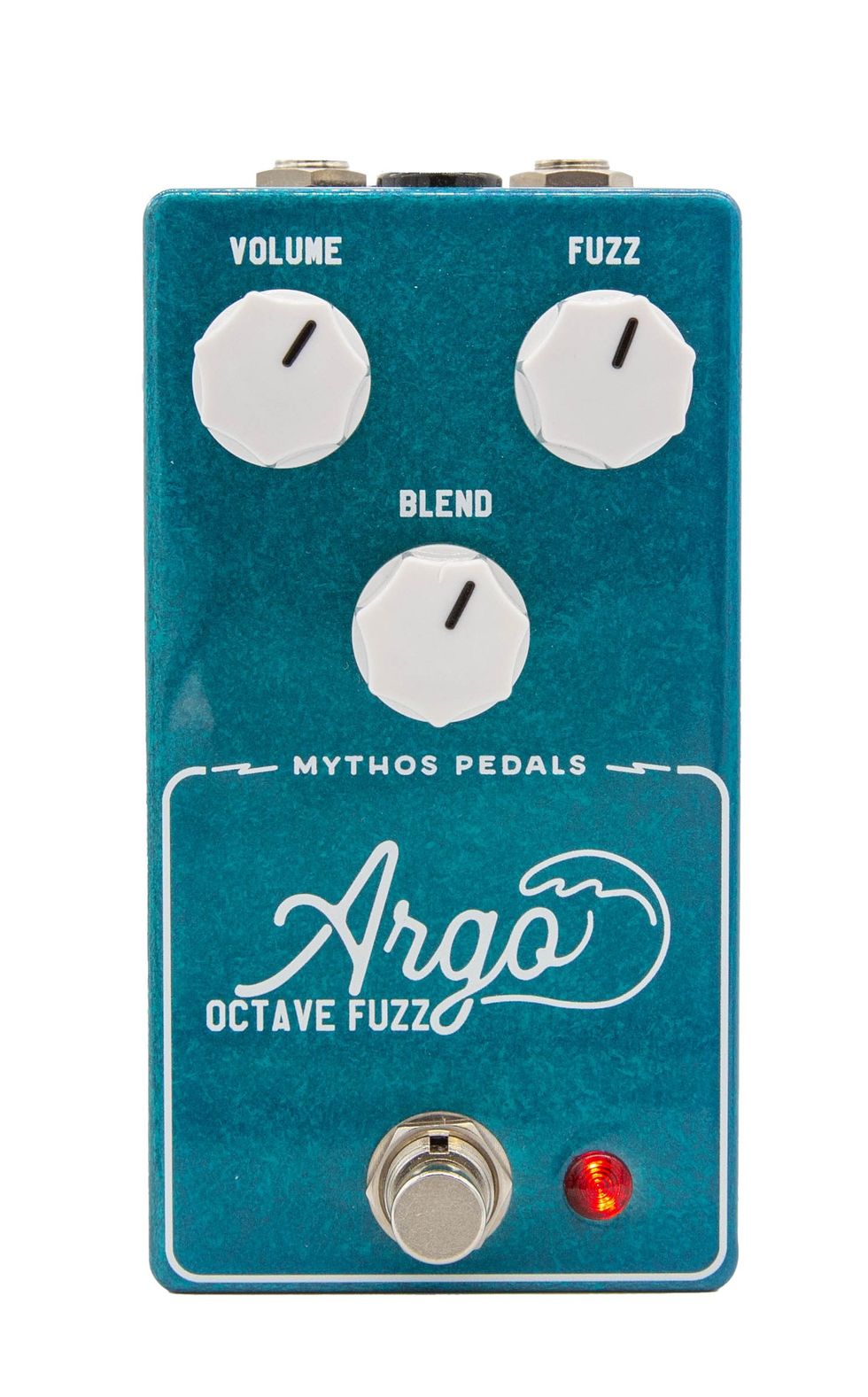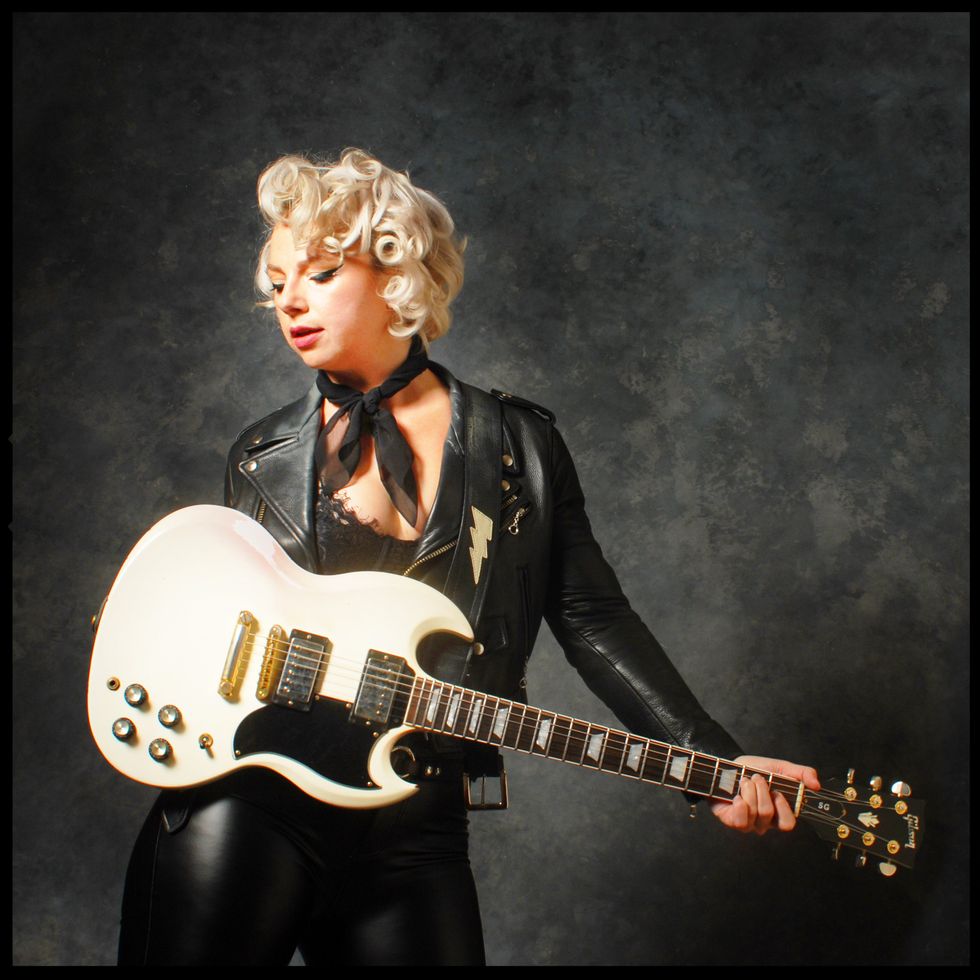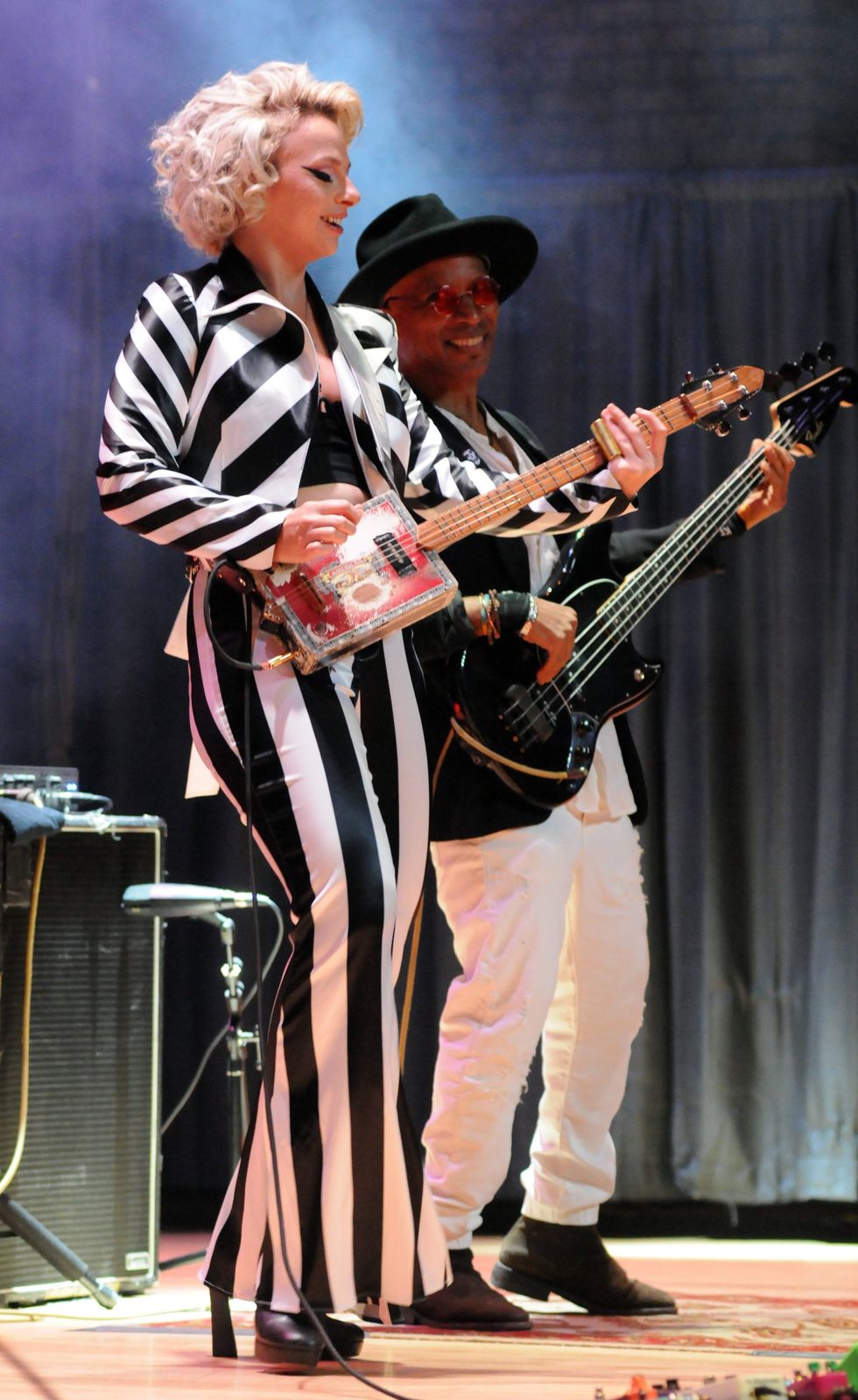Markneukirchen, Germany (January 21, 2019) -- From 24 to 27 January, the NAMM Show 2019 opens its doors in Anaheim, California for music enthusiasts from all over the world. You will find Framus – as in previous years – together with Warwick, RockBoard and RockGear at booth 4636 in hall D. There you will find interesting Masterbuilt (Custom Shop Markneukirchen) and Teambuilt (Pro Series, Made in Germany) novelties.
This year’s Framus novelties are dominated by three-dimensional tops and strikingly curved contours, which are already familiar from the Framus Idolmaker and which make the Diablo II and Panthera II models unmistakable and extremely aesthetic. The Stormbender Devin Townsend model will also be available as a 7-string Masterbuilt from 2019.
The Framus model Diablo was completely revised and now presents itself as Diablo II, with carved top like the Idolmaker.
All instruments of the Masterbuilt and Teambuilt model series feature Plek Fretwork with IFT – Invisible Fretwork Technology. The fret edges of all Masterbuilts are rounded in addition.
1. New Framus 2019 – Masterbuilt Custom Shop
Panthera II Studio Supreme Masterbuilt
The Panthera II Studio Supreme features a mahogany body with matching wooden electronic compartment cover, carved AAAA flamed maple top, flamed maple neck with tigerstripe ebony fingerboard with 22 Jumbo frets and fluorescent side dots, Graph Tech Ratio locking tuners with wooden knobs, Graph Tech Black Tusq Low Friction nut, Seymour Duncan pickups: APH-1N Alnico II Pro (neck), APS-1 RW/RP Alnico Pro II staggered single coil (middle), SH-5 Custom (bridge), volume and tone controls (push/pull for humbucker splitting, 5-way pickup switch, 2-way “lead free” switch, TonePros Tune-o-Matic bridge, stop tailpiece and Warwick security locks.
Diablo II Supreme Masterbuilt
The Framus Diablo II Supreme is equipped with carved AAAA flamed maple top with mahogany back and matching electronic compartment cover made of wood, set-in mahogany neck with tigerstripe ebony fingerboard with 22 Jumbo frets and fluorescent side dots, Graph Tech Ratio Locking tuners with wooden knobs, Graph Tech Black Tusq Low Friction nut, Seymour Duncan pickups: Sentient (neck) / Nazgûl (bridge), volume and tone controls, Framus 5-way switch, TonePros Tune-o-Matic Bridge, string through body and Warwick security locks.
Diablo II Supreme X Masterbuilt
The Framus Diablo II Supreme X is equipped with US swamp ash body with matching wooden electronic compartment cover, carved AAAA flamed maple top, bolt-in flamed maple neck with rosewood fingerboard with 22 medium standard frets and fluorescent side dots, Graph Tech Ratio Locking tuners with wooden knobs, Graph Tech Black Tusq Low Friction nut, Seymour Duncan pickups: SCR-1N Cool Rail (neck), SSL-1 RW/RP (middle), TB-4 JB Trembucker (bridge), volume and tone controls (push/pull for humbucker split), Framus 5-way switch, Wilkinson by Framus vibrato system and Warwick Security Locks.
Diablo II Progressive X Masterbuilt
The Framus Diablo II Progressive X features a mahogany body with matching wooden electronic compartment cover, a carved AAAA flamed maple top, a bolt-in flamed maple neck with tigerstripe fingerboard with 22 jumbo frets and fluorescent side dots, a Graph Tech Ratio locking tuners with wooden knobs, a locking nut, Seymour Duncan pickups: SH-2N (neck), TB-4 JB Trembucker (bridge), volume and tone controls, a Framus 5-way switch, an original Floyd Rose vibrato system and Warwick Security Locks.
Stormbender Devin Townsend Signature 7-String Masterbuilt
The Framus Stormbender 7-String is equipped with carbon fiber center, maple top with mahogany back with matching wooden electronic compartment cover, flamed maple neck with tigerstripe ebony fingerboard with 22 Jumbo frets and fluorescent side dots, Graph Tech Ratio locking mechanics with wooden knobs, Graph Tech Black Tusq Low Friction saddle, active Fluence humbuckers, controls for volume and tone (push/pull for voice selection), toggle switch for pickup selection, Evertune Bridge system and Warwick Security Locks.
2. News Framus 2019 – Teambuilt Pro Series
Panthera II Studio Supreme Teambuilt
The Panthera II Studio Supreme features a mahogany Body with carved AAA flamed maple top, maple neck with tigerstripe ebony fingerboard with 22 jumbo frets and fluorescent side dots, Graph Tech Ratio Locking Machines, Graph Tech Black Tusq Low Friction nut, Seymour Duncan pickups: APH-1N Alnico II Pro (neck), APS-1 RW/RP Alnico Pro II staggered Single Coil (middle), SH-5 Custom (bridge), volume and tone Controls (push/pull for humbucker splitting, 5-way pickup switch, 2-way “lead free” switch, TonePros Tune-o-Matic bridge, stop tailpiece and Warwick Security Locks.
Diablo II Pro Teambuilt
The Framus Diablo II Pro is equipped with carved US swamp ash body, bolt-in maple neck with rosewood fingerboard with 22 medium standard frets, Graph Tech Ratio Locking machines, Graph Tech Black Tusq Low Friction nut, Seymour Duncan pickups: SCR-1N Cool Rail (neck), SSL-1 RW/RP (middle), TB-4 JB Trembucker (bridge), volume and tone controls (push/pull for humbucker splitting, Framus 5-way switch, Wilkinson by Framus vibrato system and Warwick Security Locks.
Diablo II Supreme Teambuilt
The Framus Diablo II Supreme is equipped with carved AAA flamed maple top with mahogany back, mahogany neck with tigerstripe ebony fingerboard with 22 jumbo frets and fluorescent side dots, Graph Tech Ratio Locking machines, Graph Tech Black Tusq Low Friction nut, Seymour Duncan pickups: Sentient (neck) / Nazgûl (bridge), volume and tone controls, Framus 5-way switch, TonePros Tune-o-Matic Bridge, string through body and Warwick Security Locks.
Diablo II Progressive X Teambuilt
Among the features of the Framus Diablo II Progressive X are mahogany body, carved AAA flamed maple top, bolt-in maple neck with tigerstripe ebony fingerboard with 22 jumbo Frets, Graph Tech Ratio Locking Machines, locking nut, Seymour Duncan pickups: SH-2N (neck), TB-4 JB Trembucker (bridge), volume and tone controls, Framus 5-way switch, original Floyd Rose vibrato system and Warwick Security Locks.
Upgrades for all Teambuilt instruments from 2019
All Framus Teambuilt guitars will be delivered with certificate of authenticity and original photo from 2019.
For more information:
Warwick
